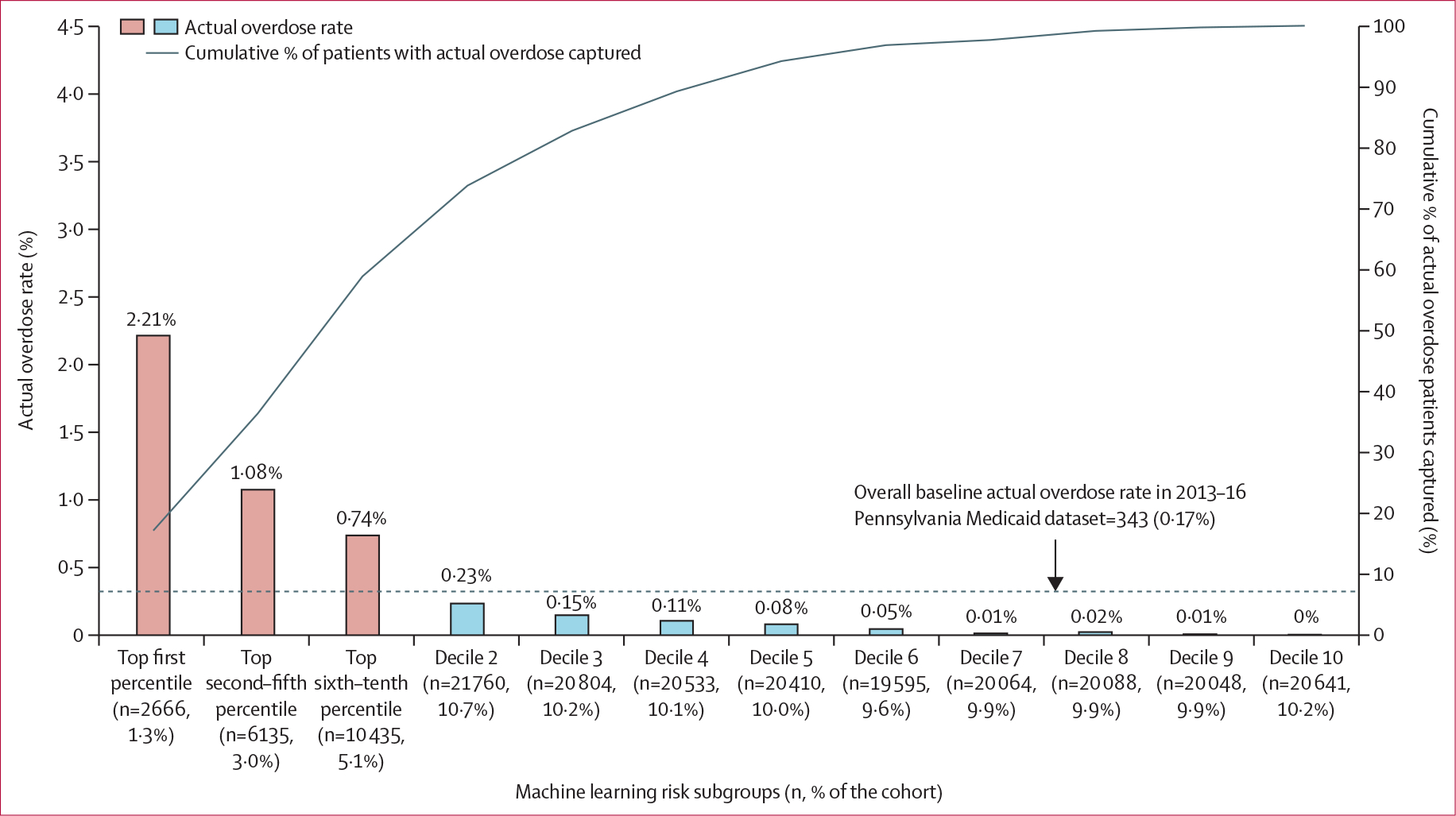Figure 2: Opioid overdose identified by risk subgroup in the 2013–16 internal validation Pennsylvania Medicaid dataset (n=213 231) using GBM.

Based on the individual’s predicted probability of an opioid overdose (fatal or non-fatal) event, we classified 203 179 beneficiaries in the validation datasets into modified decile risk subgroups, with the highest decile further split into three additional strata based on the top first, second–fifth, and sixth–tenth percentiles to allow closer examination of beneficiaries at highest risk of experiencing an overdose. We used the thresholds of the risk scores derived from the 2013–16 Pennsylvania training dataset to identify a beneficiary’s risk subgroup: top first percentile (≥98·3); second–fifth percentile (96·6≤risk score<98·3); sixth–tenth percentile (64·9≤risk score<96·6); decile 2 (47·6≤risk score<64·9); decile 3 (38·4≤risk score<47·6); decile 4 (32·2≤risk score<38·4); decile 5 (27·5≤risk score<32·2); decile 6 (23·8≤risk score<27·5); decile 7 (20·4≤risk score<23·8); decile 8 (18·8≤risk score<20·4); decile 9 (14·2≤risk score<18·8); decile 10 (14·2<risk score). GBM=gradient boosting machine.
